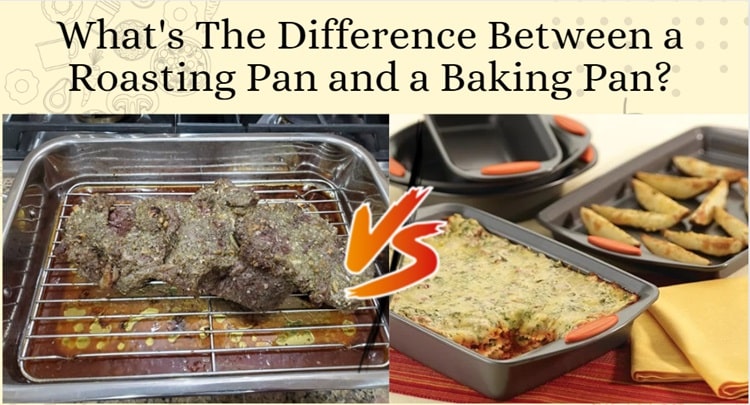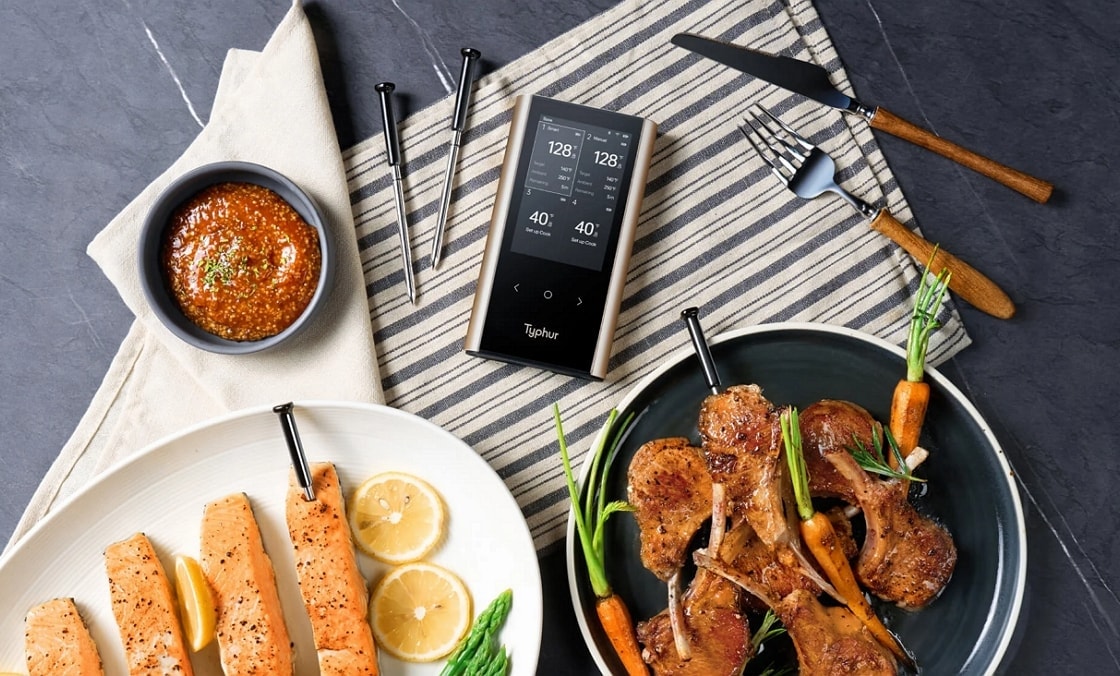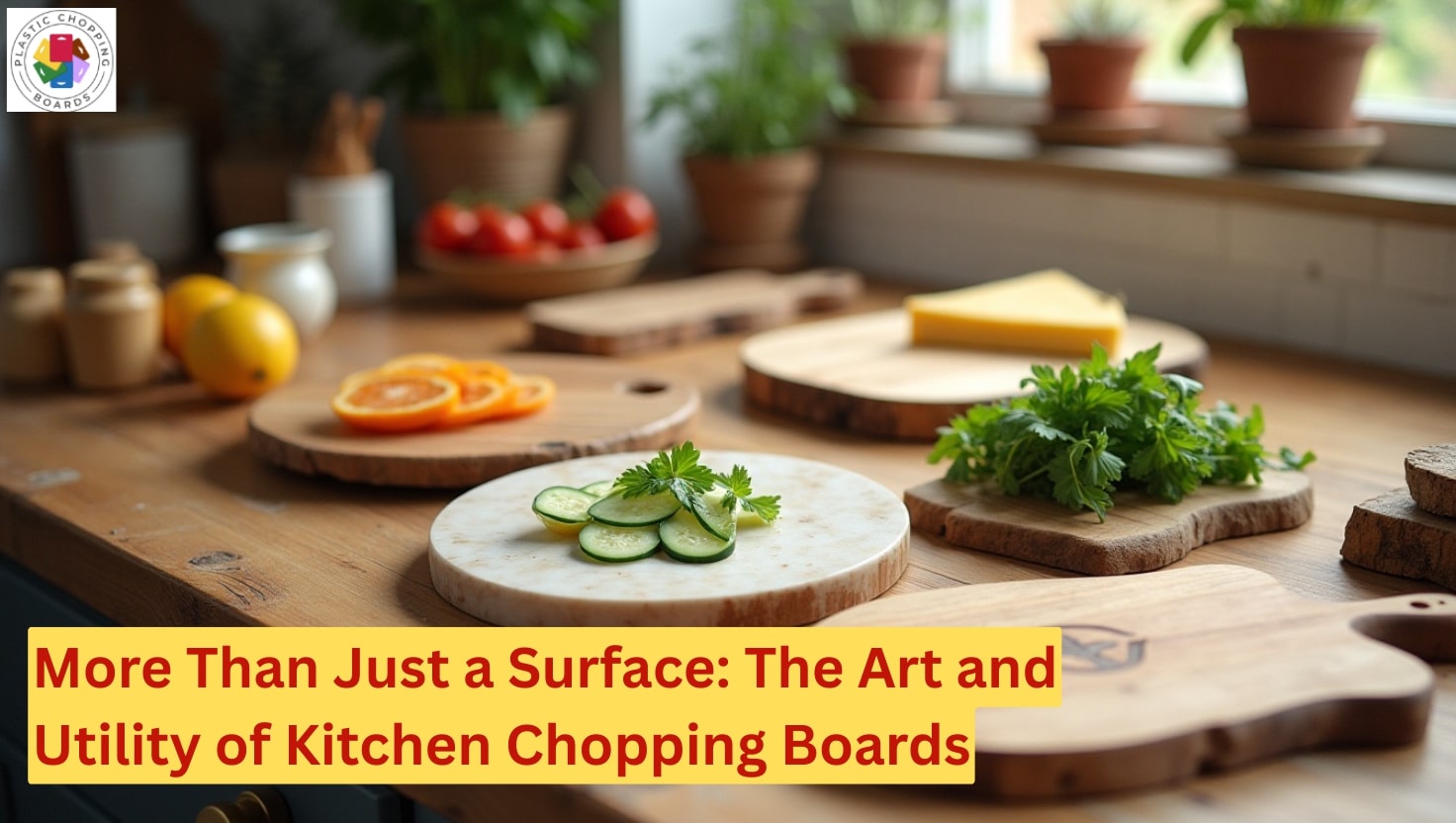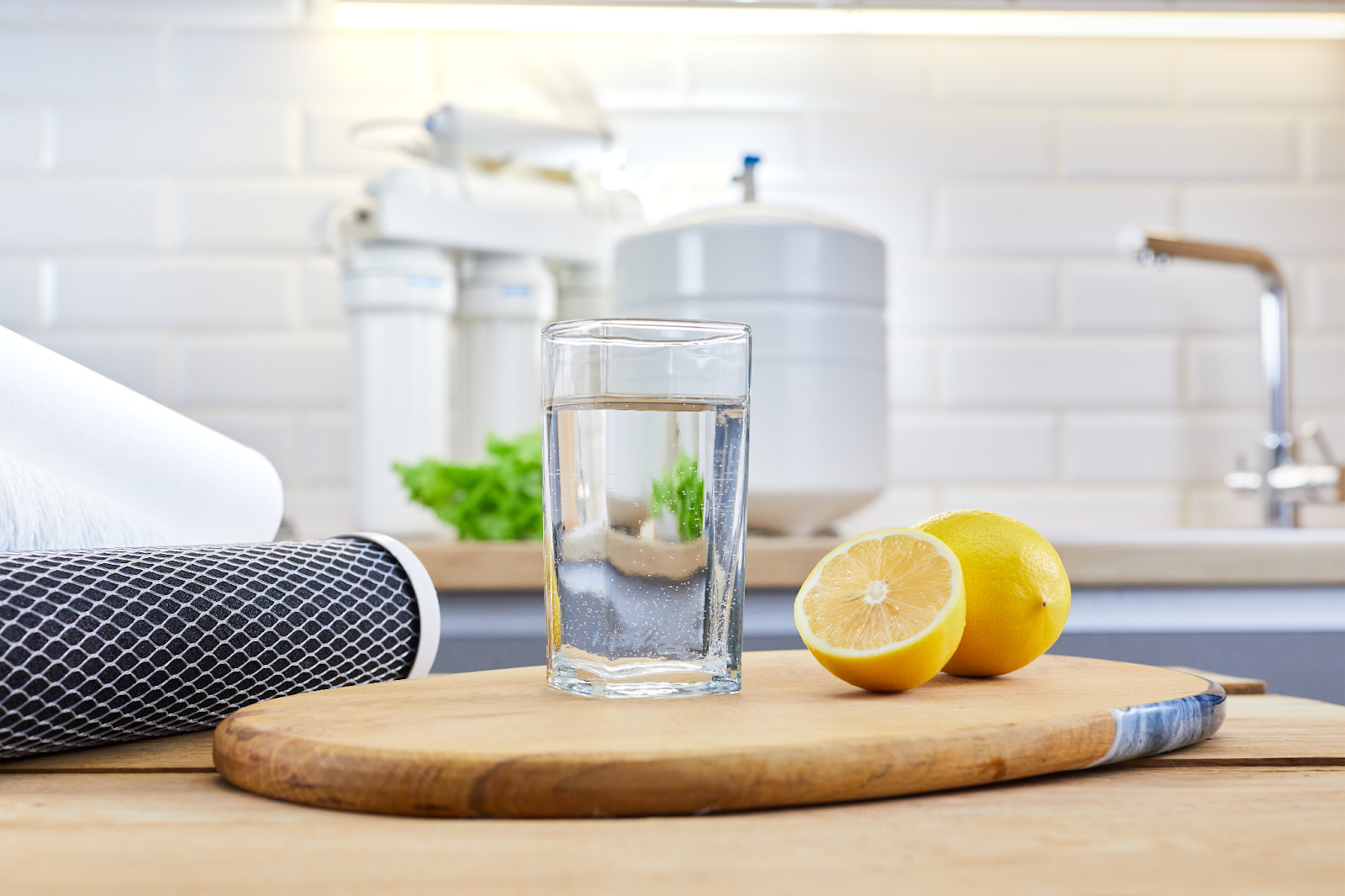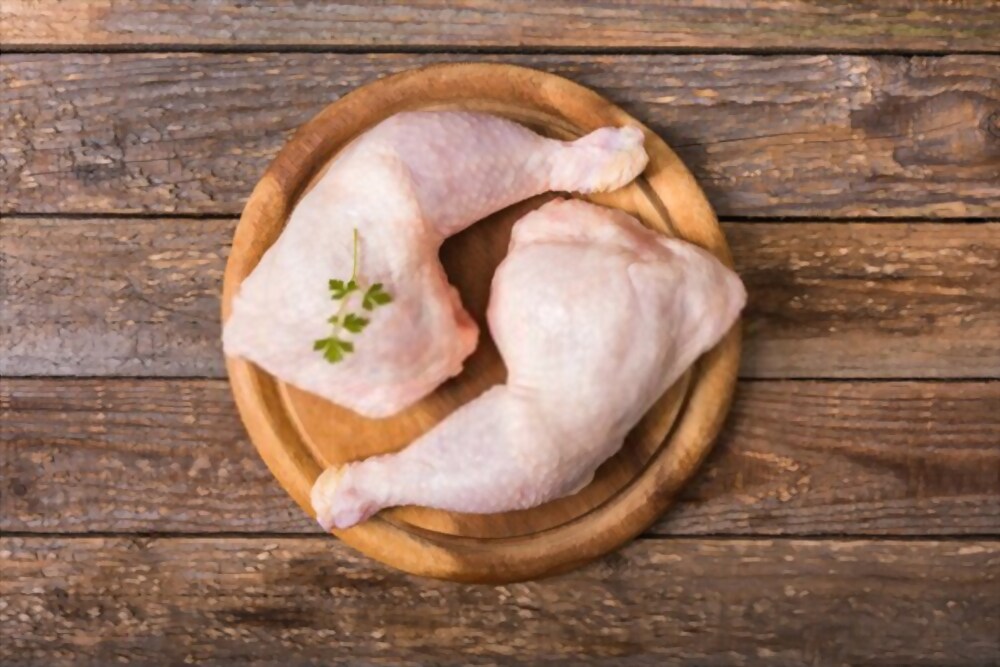Introduction
In the vast world of kitchen tools, it’s easy to get confused about which pan is best suited for different cooking tasks. One common dilemma many home cooks face is understanding the difference between a roasting pan and a baking pan. Ever get confused about which pan to grab for what? You’re not alone! Baking pans and roasting pans, though both used in the oven, have their special talents. Let’s get to know them better, shall we?
Baking Pan
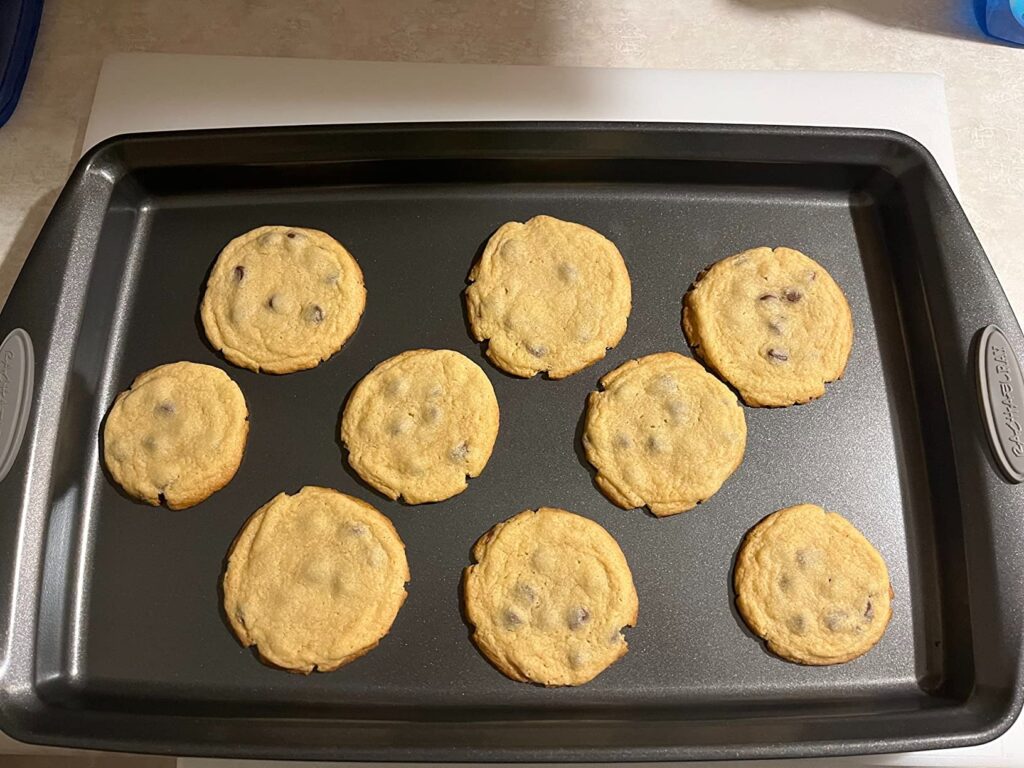
Think cakes, cookies, brownies, casseroles—that’s the baking pan’s world! This versatile friend comes in all shapes and sizes, from square to round, rectangular to fancy molds for fun treats. Imagine a whole squad of them, all made of different materials like metal, glass, or even silicone, ready for any baking adventure.
Roasting Pan

A roasting pan is a large, rectangular pan that is used for cooking food in the oven. It is typically made of metal, such as aluminum or stainless steel, and has raised sides to help prevent food from drying out. Roasting pans can be used to cook a variety of foods, including meats, poultry, vegetables, and even desserts.
One of the things that makes roasting pans so great for cooking vegetables is that they allow the vegetables to brown and caramelize evenly. In addition to being good for roasting vegetables, roasting pans can also be used for other cooking tasks, such as baking cookies, broiling meat, and even making gravy.
Key Differences
Now, let’s highlight the key distinctions between a roasting pan and a baking pan.
Depth
Think of depth as the first clue. Imagine a deep-dish pizza: you’d need a pan with high sides to contain all that gooey goodness. That’s a baking pan! Its taller walls keep batters and dough from overflowing, perfect for cakes, brownies, and casseroles.
Roasting pans, on the other hand, are all about low-and-slow cooking. Think of a juicy Thanksgiving turkey: it needs air to circulate around it for even browning. That’s why roasting pans have shallower sides, allowing the heat to reach every corner of your roast.
Purpose
Baking pans are masters of versatility. From delicate cookies and fluffy cakes to hearty casseroles and bubbling lasagnas, they handle it all. They’re ideal for dishes that rise and need a cozy oven environment.
Roasting pans, however, are the champions of large cuts of meat. Imagine a crispy-skinned chicken or a tender beef roast: the elevated rack in a roasting pan keeps the meat off the bottom, ensuring even cooking and a delicious crust.
Rack Inclusion
Most baking pans go solo, but roasting pans often come with a trusty sidekick: a rack! This elevates your meat, allowing heat to circulate and preventing soggy bottoms. It’s like giving your roast a throne in the oven!
Material
Baking pans come in a variety of materials, like metal, glass, and even silicone. Each has its own benefits, depending on what you’re baking. Metal conducts heat well for even browning, while glass allows you to monitor your food without peeking. Silicone is great for its flexibility and non-stick properties.
Roasting pans, on the other hand, need to be tough and heat-loving. They’re typically made of stainless steel or aluminum, chosen for their durability and excellent heat conductivity. These materials ensure your roast gets cooked through evenly, without any hot spots.
So, who wins?
Both, really! It’s all about what you’re cooking. Need fluffy cakes? Baking Pan’s your hero. Roasting a Thanksgiving turkey? The roasting pan takes center stage. Remember, they’re like the best buds in the kitchen, each with their own special skills to make your culinary creations shine.
FAQs
What is the primary purpose of a roasting pan compared to a baking pan?
A roasting pan is designed for cooking large cuts of meat, while a baking pan is generally used for baking various dishes. The primary difference lies in their intended purposes.
Can I use a roasting pan for baking and vice versa?
While you can use a roasting pan for baking certain dishes, it may not be ideal for delicate baked goods. Baking pans, on the other hand, are more versatile and suitable for a wide range of baked recipes.
Are there size differences between roasting and baking pans?
Roasting pans are generally larger to accommodate large cuts of meat, while baking pans come in various sizes depending on the recipe. The size difference is often influenced by the intended use.
Do I need to adjust cooking times when using a roasting pan instead of a baking pan?
Yes, cooking times may vary when using different pans. Roasting pans with racks allow hot air to circulate around the meat, potentially reducing cooking times. It’s essential to monitor the cooking process and adjust as needed.
Can I use foil or other substitutes if I don’t have a roasting or baking pan?
In a pinch, you can use alternatives like a deep baking dish or even a rimmed baking sheet. However, keep in mind that the design of roasting and baking pans serves specific purposes, so the results may differ.
Conclusion
So, there you have it! The baking pan and the roasting pan, two essential members of your kitchen squad, each ready to play their part in creating culinary masterpieces. Don’t get them confused anymore, though! Remember, the baking pan loves its cozy depths and excels at all things fluffy and bubbly, while the roasting pan reigns supreme with its open throne and heat-loving nature, perfect for browning those juicy roasts and crispy veggies.
Ultimately, choosing the right pan isn’t a battle – it’s a collaboration! With their complementary skills, your baking pan and roasting pan are best friends in the kitchen, ready to help you whip up everything from decadent desserts to mouthwatering roasts. So, embrace their differences, appreciate their talents, and watch your culinary creativity flourish!
Bonus Tip: For even more versatility, consider investing in a pan with removable sides. It can switch between being a deep baking pan and a shallow roasting pan, offering even more options for your cooking adventures!
Let your oven adventures begin, and remember – the right pan can make all the difference!







